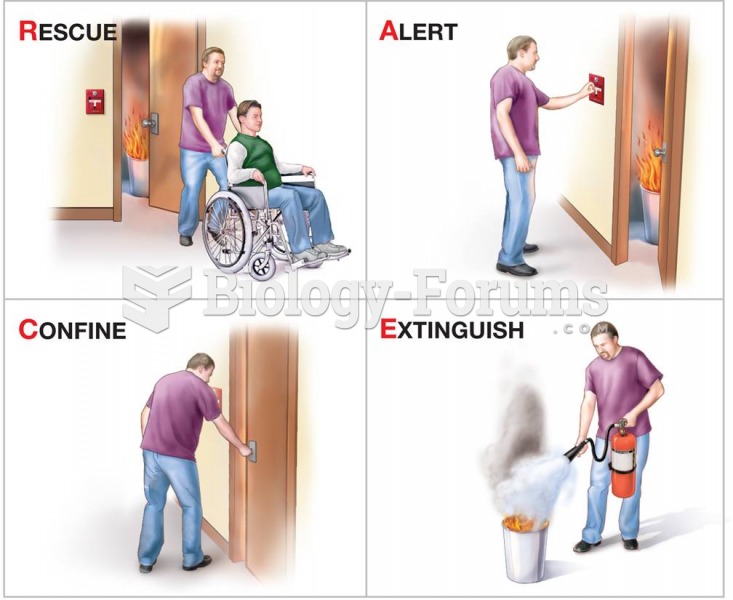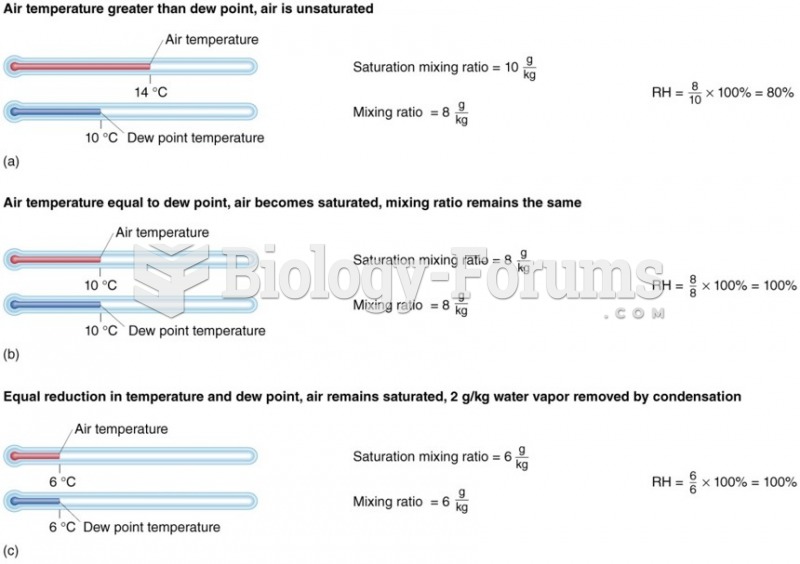Answer to Question 1
Answer should include points such as the following:
Normally a fire tends to move upward, and thus the origin is most likely to be located closest to the lowest point that shows the most intense characteristics of burning. Sometimes, as the fire burns upward, a V-shaped pattern forms against a vertical wall. Because flammable liquids always flow to the lowest point, more severe burning found on the floor than on the ceiling may indicate the presence of an accelerant. If a flammable liquid was used, charring is expected to be more intense on the bottom of furniture, shelves, and other items than on the top.
However, many factors can contribute to the deviation of a fire from normal behavior. Prevailing drafts and winds; secondary fires due to collapsed floors and roofs; the physical arrangement of the burning structure; the presence stairways and elevator shafts; holes in the floor, wall, or roof; and the effects of the firefighter in suppressing the firethese are all factors that the fire investigator must consider before determining conclusive findings.
Answer to Question 2
Answer should include points such as the following:
Nothing at the suspected origin of the fire must be touched or moved before notes, sketches, and photographs are taken.
All material suspected of containing flammable residues must be packaged in an airtight container, such as a clean paint can.
Collect two or three quarts of ash and soot debris at the fire's origin. The collection must include all porous materials suspected of containing flammable residues. A portable hydrocarbon detector, as well as the evidence collector's sense of smell, can aid in the proper selection of suspect materials.
Similar but uncontaminated materials from another area of the structure must be collected to serve as controls.
Label all specimen containers with the evidence collector's name or initials, the date, and the sampling location. All items collected are to be described in the evidence collector's field notes.







